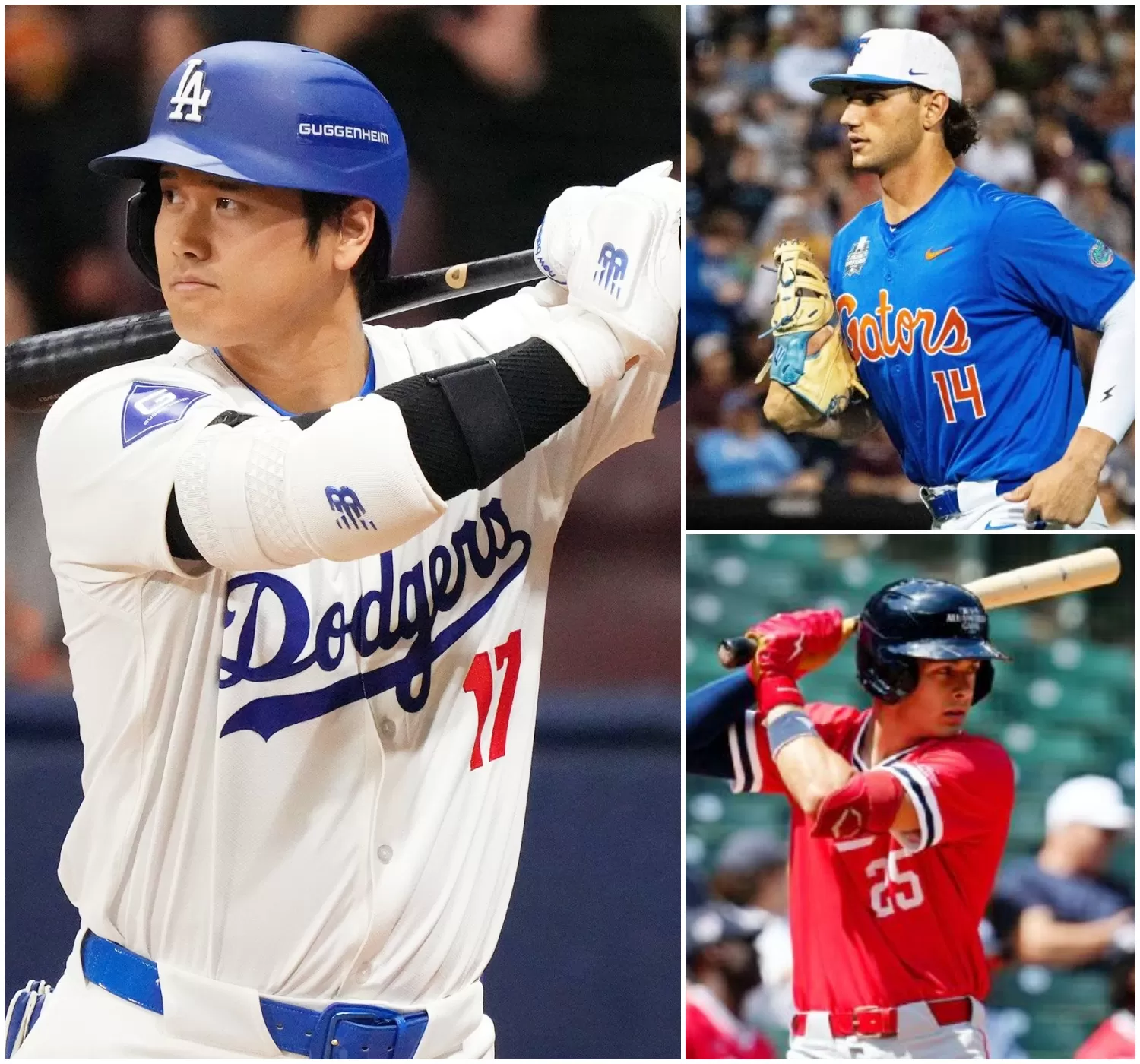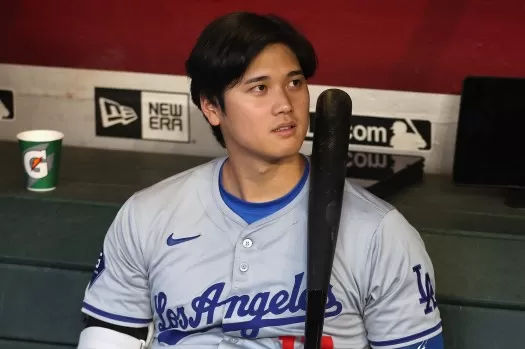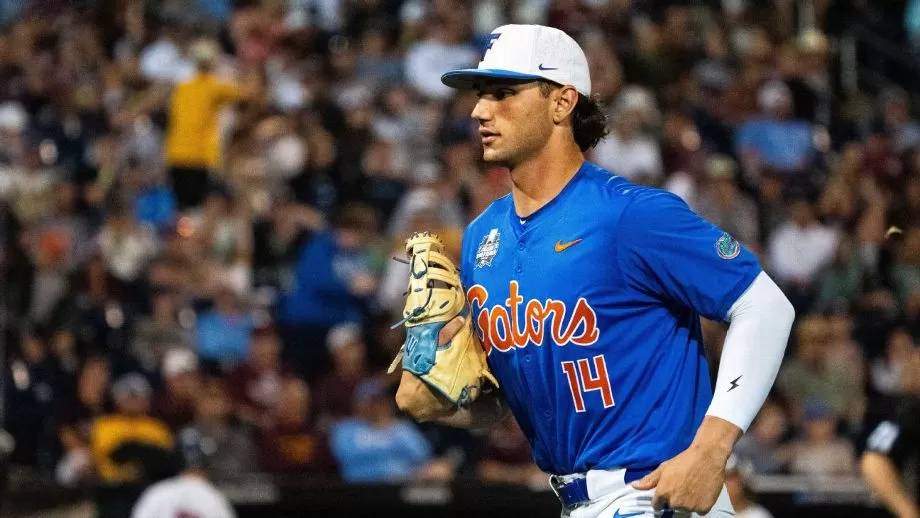Shohei Ohtani has taken MLB by storm and captured the imagination of fans by becoming a two-way sensation, excelling both at the plate and on the mound, and stretching the idea of what a player can do.

Seemingly every year, there are MLB draft prospects who likewise capture the attention of teams with their ability to both hit and pitch as prep and college stars. This summer’s class is no different as two projected high first-round picks, Florida 1B/LHP Jac Caglianone and Mississippi high school SS/RHP Konnor Griffin, are good enough both ways to give teams a decision to make.

“If both of them had never touched a bat in their lives, they’d still go in the top 50 picks as pitchers,” a scout told ESPN last week.

But remember, pitching and hitting at the professional level is hard. Even Babe Ruth was only a true two-way player for two seasons, and nobody other than Ohtani has come close to starring at both at the same time. Teams hesitate to commit to developing prospects who truly split their time in pro ball. The reality is that almost every player who enters the draft as a two-way player will become either a pitcher or position player well before reaching the majors.

Deciding which area to specialize in isn’t easy when a player has seven-figure talent at two very different skills, but new tools have made it easier for teams to make the call, and while even the best two-way stars are unlikely to become “The Next Ohtani” in the majors, being able to excel both on the mound and at the plate adds value to a prospect’s draft profile.
Here’s an inside look at how the two-way-player decision plays out in MLB draft rooms through the cases of this year’s most intriguing candidates.
The prospects
Jac Caglianone
Caglianone is the most famous college baseball player, earning the nickname Jactani for his two-way prowess in the nation’s best conference. He has top-of-the-charts power with plus bat-to-ball ability at the plate, and throws up to 100 mph with the potential to become a true major league starter on the mound.
After drawing attention as a potential future No. 1 overall pick last season, Caglianone took his offensive game to another level this season — and in the process made the two-way dilemma much clearer for teams interested in drafting him this month.
There are still two reasons he isn’t the consensus top prospect in this draft as a hitter. First, his future home as a position player is either as a first baseman or corner outfielder, which makes him less desirable than a middle-of-the-diamond prospect to teams picking at the top of the draft. And second, his chase rate (percentage of swings at pitches outside the strike zone) is high enough that it has raised the eyebrows of many evaluators.
While Caglianone was crushing college pitching this year on paper — posting a 1.419 OPS with 35 home runs with a strikeout rate that dropped from a solid 18% last season to a great 8% — the fact that his chase rate hovered in the 37-40% range (compared with a national average of 23-25%) raises two key questions: Does he have to correct this to a real degree against better pitching in pro ball? (Likely.) And is his issue more ingrained than adjustable at the next level? (Nobody really knows.) It is rare for a strikeout rate to be cut in half with a very high chase rate, but that underlines how good Caglianone is at putting the bat on — and sometimes hitting homers off — pitches outside the strike zone.
There are two ways that teams could land here: The first is something similar to what I call the concrete plate discipline theory. The more reps a hitter gets against a high level of competition, the more his current level of pitch selection solidifies and simply becomes who he is at the plate.

The second theory is that pitch selection can be changed — possibly to a big degree — as long as the hitter shows a strong in-zone contact rate. The thinking goes that the hardest thing in baseball is seeing a pitch, identifying the type and location, deciding to swing, then swinging, and hitting the ball (preferably hard). If a hitter shows that he can do that well (i.e. a better-than-average in-zone contact rate), then choosing to lay off that slider off the plate is easy. It’s easy because you’d do the first half of that sequence, then just do nothing else.
“Projecting him to improve his pitch selection really depends on understanding what he’s thinking now,” a scout said. “We’ve talked to players that have approaches that we’d never guess — being told to never swing at this pitch, or always swing in this count — so you have to start there and see if there’s a small change that could make a big effect.”